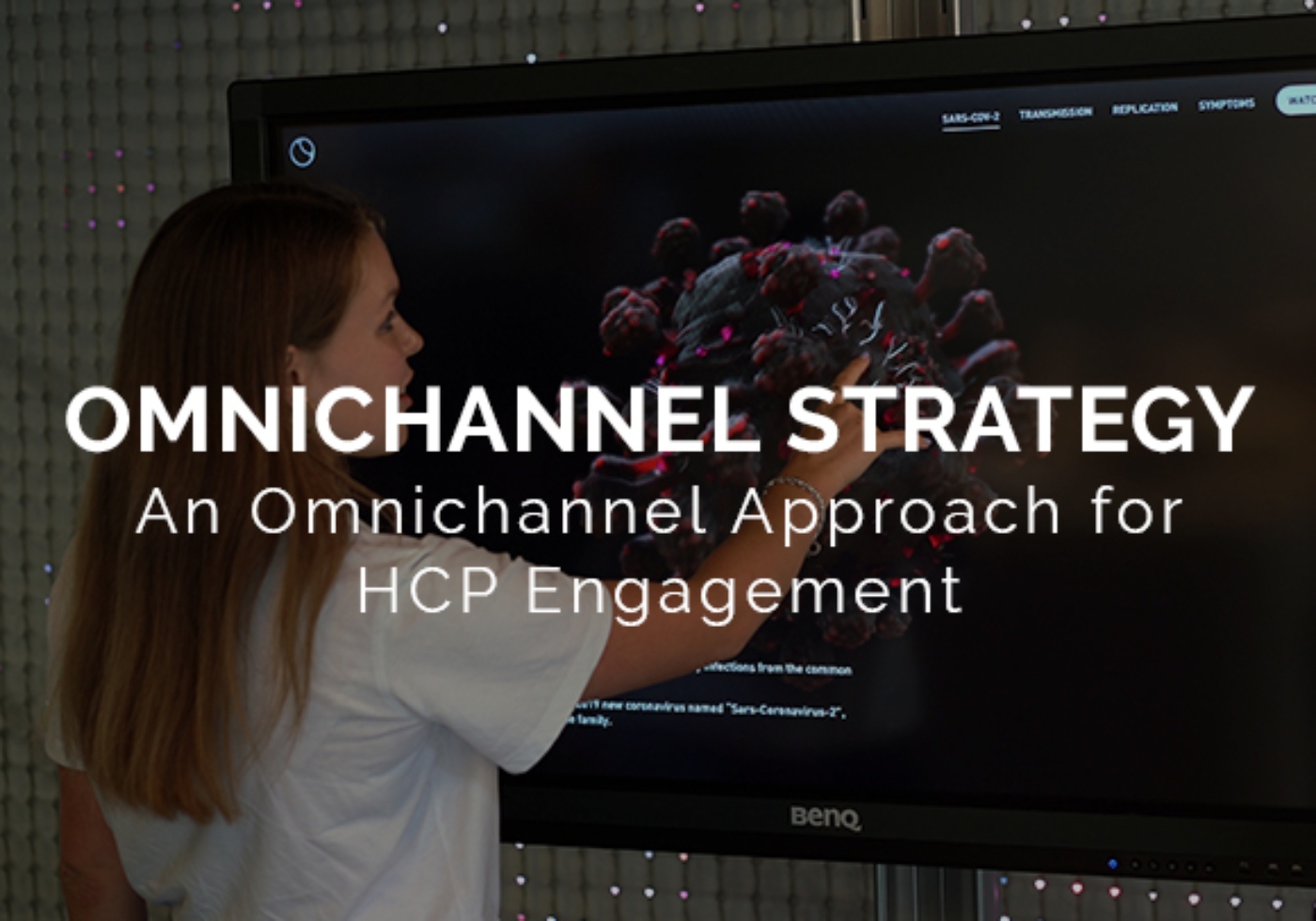Medical Animation Trends
The 3D medical animation industry is constantly changing. Year-on-year technology and software advances, paving the way for more detailed videos that can also be used within interactive experiences. As interactive experiences become more popular than ever, the supporting technology must evolve, to allow the industry to improve and grow to higher potentials.
We believe it is crucial to be at the forefront of advances in cutting-edge technology and software, to take our animations and experiences to the next level. Pushing boundaries and being fully aware of what is available allows our digital content to excel to greater heights. Combining such technology with our team of digital experts is a key part in keeping pace with the current digital revolution.
The coronavirus pandemic has accelerated the ongoing digital transformation of the pharma and healthcare industries. As people worldwide are encouraged to follow social distancing guidelines, new challenges arise in staying connected and communicating effectively. There is a need for permanent solutions for improved digital communications to facilitate the increased shift towards virtual interactions. The extraordinary growth in digital communications, driven by changes made during the pandemic is expected to remain.
As more businesses digitalize their approach, the opportunities for different teams and people to creatively collaborate increase. This uptake in demand for more engaging and creative digital assets has allowed the industry to trial new types of digital communications and has pushed pharma and healthcare further into the digital world.
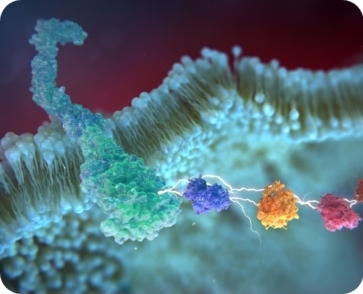
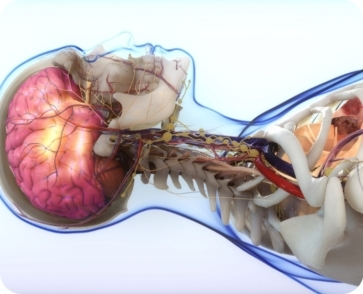
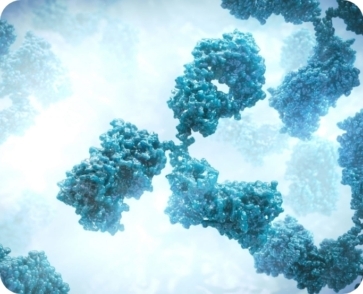
Medical Animation
The global medical animation market is expected to grow from USD 364.29 million in 2020 to USD 990.24 million by the end of 2025. The medical animation industry is ever evolving, it grows and adapts with society as we seek more inventive, imaginative, and novel approaches to communicating and learning. Captivating the target audience is something that every industry aims to achieve, and a medical animation is a useful tool to successfully ensure this.
The coronavirus pandemic has created an increased exposure to medical animations, playing an instrumental role in explaining the science behind the virus, social distancing, mask-wearing, and vaccines and treatments to the public. Our most popular animation of 2020 was ‘The Coronavirus Outbreak’ produced in February 2020 to raise awareness of SARS-CoV-2, disease symptoms, and preventative methods in an engaging and easy-to-digest format to the public. The pandemic has certainly elevated the popularity of medical and scientific animations as a form of conveying complex scientific concepts to a variety of stakeholders and audiences. As the world’s vaccine rollout continues and new SARS-CoV-2 strains and mutations are discovered, it is certain that the use of medical animations to aid in scientific understanding will continue to be an enormously valuable communicative tool.
Furthermore, we are seeing the impact of the pandemic across numerous industries worldwide, including pharma and biotech. It is increasingly apparent that businesses need to adapt to flexible ways of working and new ways of marketing their products. The cancellation of conferences, tradeshows, and business meetings, means alternative approaches are required to connect with healthcare professionals (HCPs) and other influential target audiences. The pandemic has forced pharmaceutical companies to completely digitalize their approach to product marketing. Medical animations and interactive experiences have been beneficial during a time of virtual communication, capturing attention and giving a clear and concise explanation.
At Random42, we believe it is crucial to be using the best and most up-to-date technology on the market. Our expert team is constantly researching and testing the newest available software and technology in the digital world to ensure our digital assets are of the highest cinematic quality. As a company, we are passionate about pushing our creative boundaries to the limits and putting our artistic abilities to the test. Below we delve into the latest 3D medical animation trends and explore how our in-house production team is harnessing the power of the latest in CGI (Computer-generated imagery) technology to produce some of the most impactful imagery and interactive experiences in the medical animation industry…
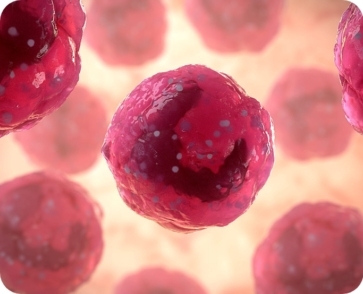
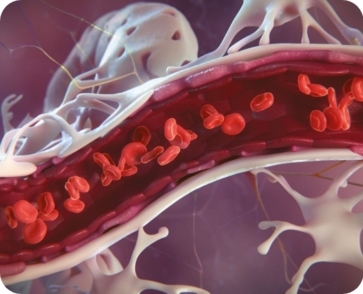
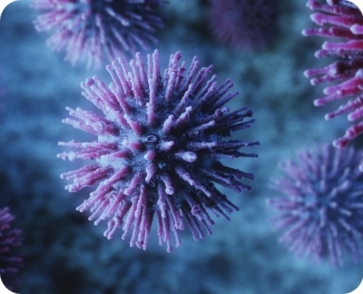
GPU Based Rendering
At Random42, we will be taking advantage of more GPU (Graphics Processing Unit) based rendering using software such as Redshift. This type of rendering uses the graphics card and not the CPU (Central Processing Unit), allowing for much faster renders, which in turn makes the creation of more challenging high-render time shots easier to accomplish.
The main goal for medical animation is speeding up the project rendering process, whether using a GPU renderer or a real-time game engine, giving artists quicker feedback, and producing better artwork to shorter deadlines.
Powerful Simulation Software
At Random42, we are using more powerful simulation software such as Houdini. Houdini is a 3D animation and special effects application that allows for the creation of extremely realistic visual effects. The benefit of this workflow is the fact that it allows our artists to create more complex simulations, which helps to better illustrate a process or mechanism, allowing for the production of more meticulous, detailed, and accurate animations.
We are also introducing more levels of specialization at the company, with dedicated simulation and animation artists. By diversifying in some of these aspects, we can handle more complex projects, as evidenced by the ‘Disease Hunters’ documentary series, produced for Channel News Asia.

Unreal Engine
Unreal Engine (UE4), created by Epic Games, is the world’s most open and state-of-the-art real-time 3D creation tool. The Unreal Engine is an advanced engine and editor that features photorealistic rendering, dynamic physics and effects, lifelike animation, robust data translation, and much more. The platform gives creators the power and freedom to deliver cutting-edge content, interactive experiences, and immersive virtual worlds.
The funding we received from Epic Mega Grants has given us the fantastic opportunity to develop a whole new real-time approach to our animations. Traditional style rendering methods are slower, and this can limit what we can achieve creatively. A real-time workflow could have a huge impact on our work, with instant visual feedback, making the possibilities endless.
Using the Unreal game engine to create real-time medical animations is something we are trialing with the unreal project. The exploration of this revolutionary technology is something we are extremely excited for, as it gives a massive opportunity to advance our animations and work methods further.
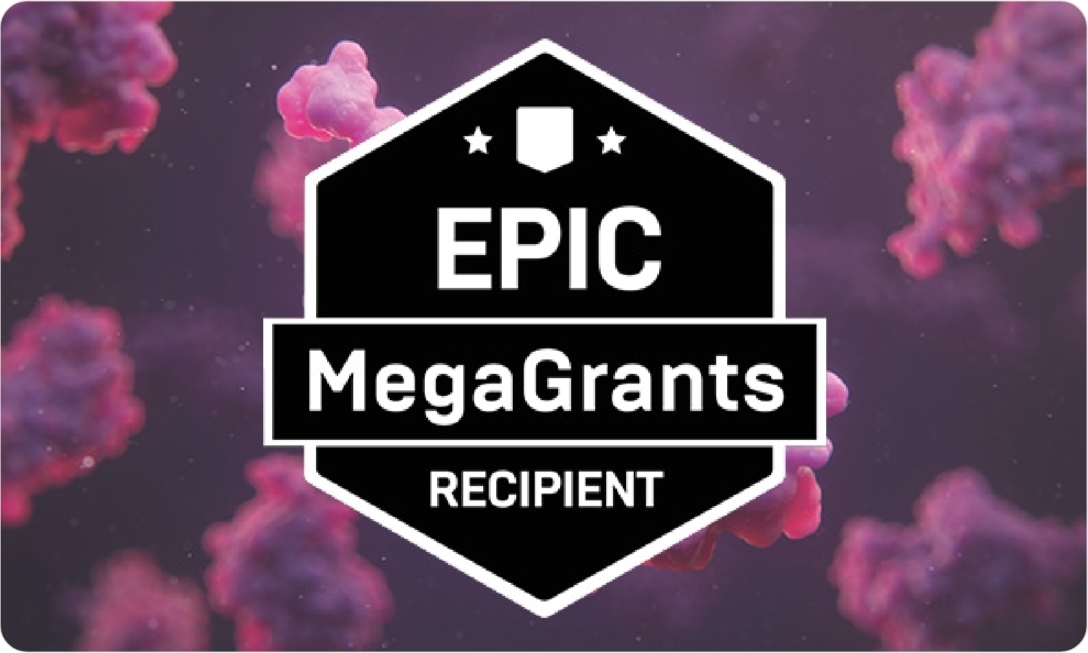
Are you interested in seeing how medical animation can help you?
Related news
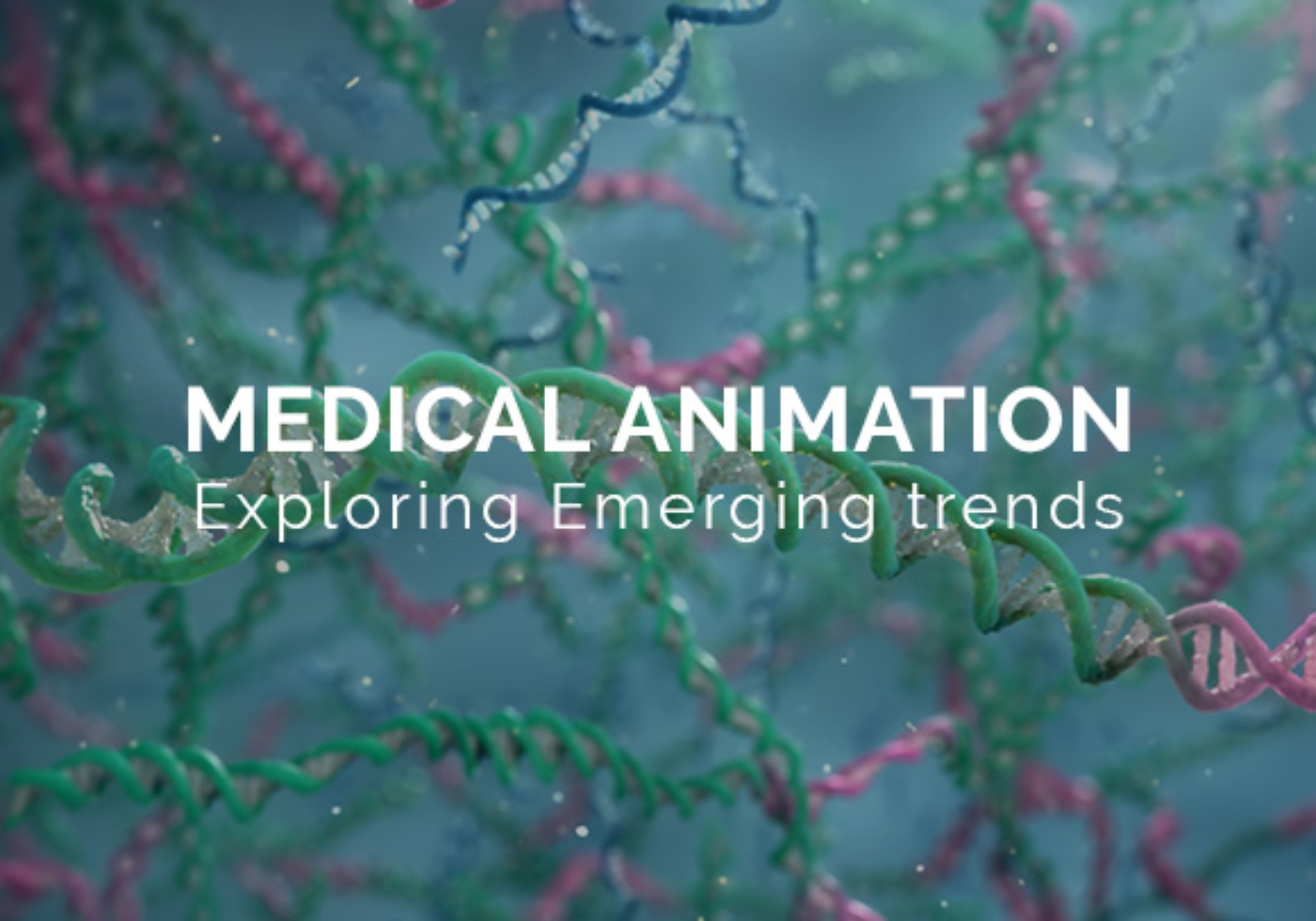
Emerging Trends in Medical Animation
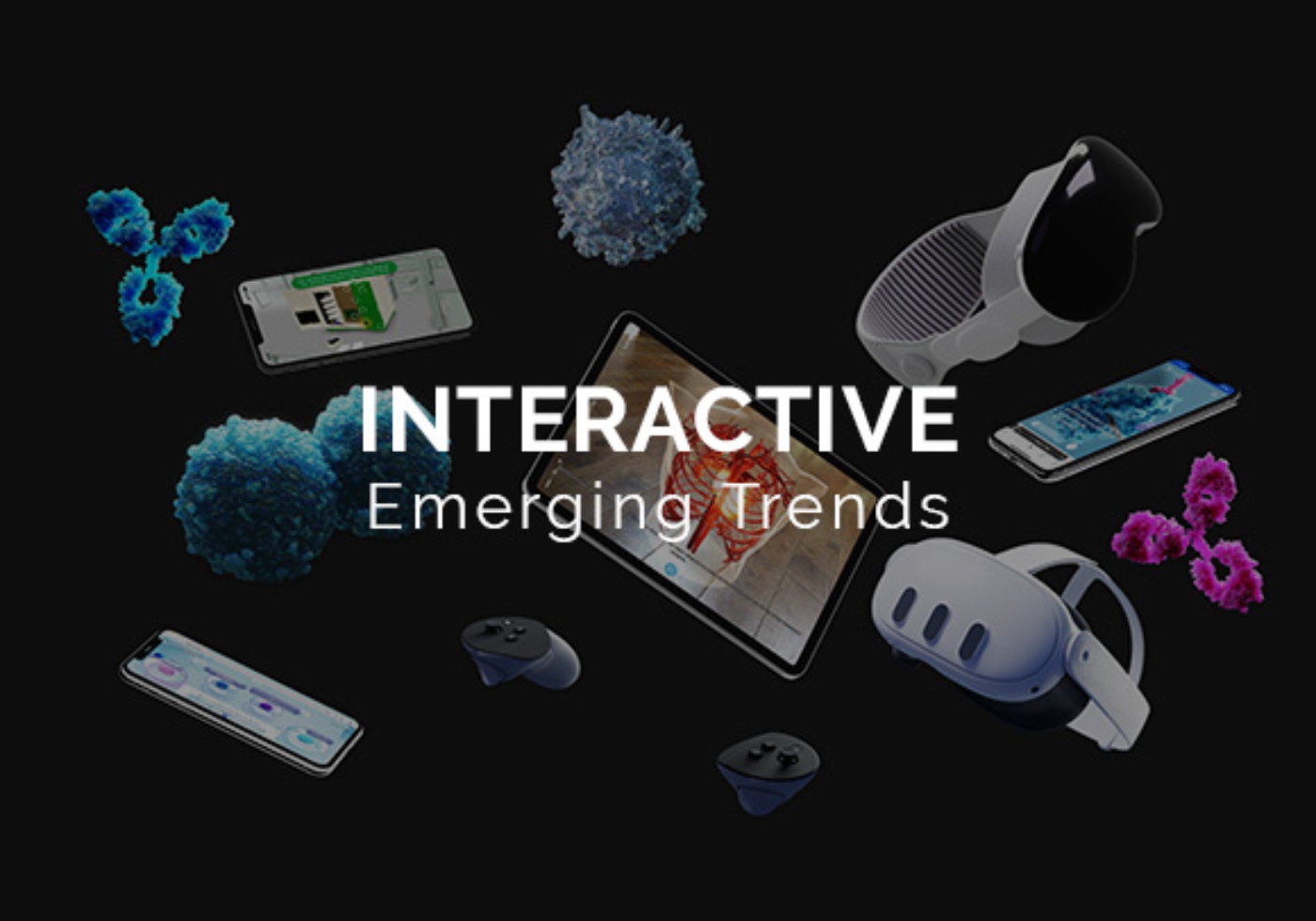
Emerging Interactive Trends
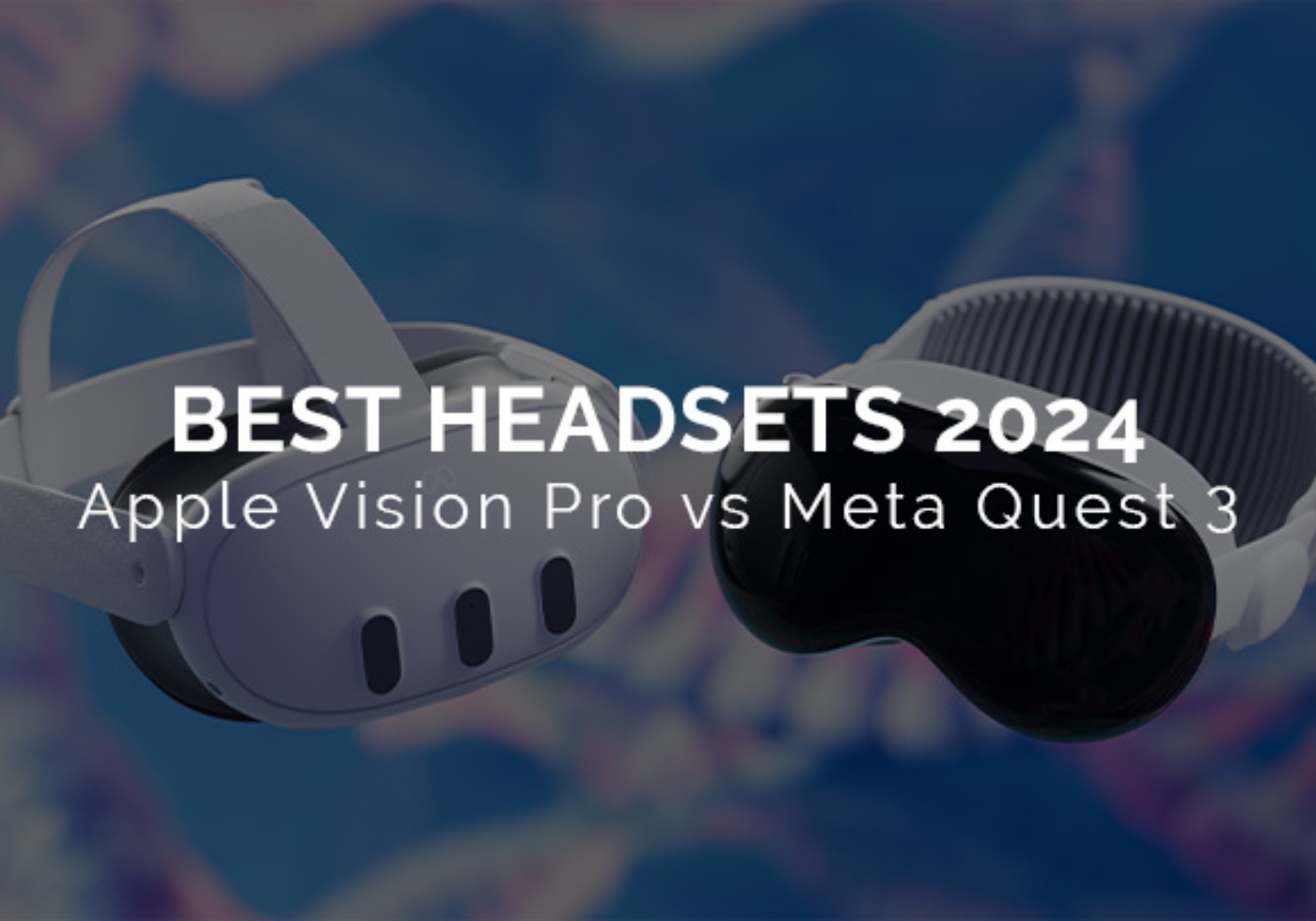
Best Headsets of 2024
